
The anti-lock braking system (ABS) is not only a crucial part of a new car’s safety system, it makes breaking far more efficient and easier. Here’s our guide to what it is and how it works.
In terms of developments for both car safety and ensuring drivers have a comfortable driving experience, almost nothing has done more than the introduction of anti-lock braking systems. It has been featured on cars since the 1970s and EU law since 2004 states that it is now compulsory for all cars to be fitted with it.
Anti-lock brakes were first used in the 1950s, originally to prevent aircrafts from skidding on the runway when landing. The hydraulic system reduced the stopping distances when planes were landing and the risk of tyre blow outs too. It wasn’t too long before engineers were starting to realise that this kind of system could make automobiles a lot safer too.
For even the most experienced driver, the roads can be filled with unexpected danger that might require you to think quickly and jump on the brakes to avoid some imminent collision or hazard. This type of hasty braking, along with any kind of driving on slippery roads, is exactly what your car’s ABS is designed to help with and while most people know that their car is fitted with ABS and perhaps know what this acronym stands for – but few know exactly what it is for and how it works.
How do anti-lock brakes work
To put it simply, an anti-lock braking system makes use of electronics to monitor the brakes and prevent the wheels from locking up when braking. Wheels can lock up when the brake is applied harder than the tyre can handle and the wheel stops spinning, often causing the whole car to skid. A car’s anti-lock brakes will take effect when this happens and when they sense that the wheel is about to lock up, so anti-lock brakes reduce the chances of skidding when a driver brakes too sharply, for example at an unexpected corner or hazard in the road, or when the brakes lose traction on a slippery surface.
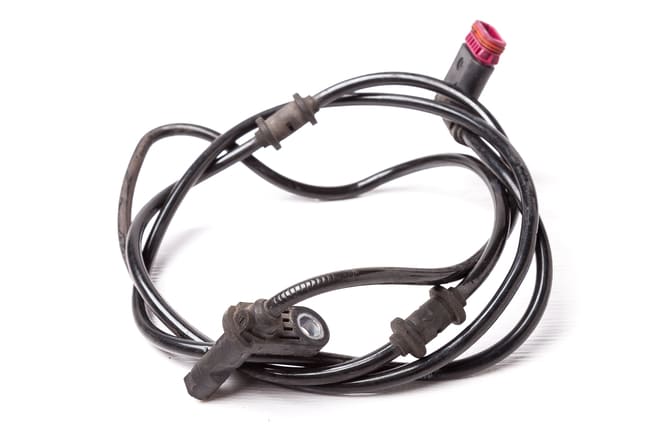
Anti-lock braking systems work through sense sensors that are fitted to a car’s wheels. Each of these sensors is mounted in the wheel hub and takes readings of the rotation speed of each wheel. It is looking for decelerations in the wheel that are out of the ordinary. Right before a wheel locks up, it will experience a rapid deceleration. If left unchecked, the wheel would stop much more quickly than any car could. It might take a car five seconds to stop from 60 mph (96.6 kph) under ideal conditions, but a wheel that locks up could stop spinning in less than a second.
These sensors assess if one is on the verge of locking up when a driver brakes. Information is transmitted to the ABS electronic control unit, which defines which wheel is skidding and can lock. If a wheel does start to lock, then the sensors communicate with hydraulic valves open to reduce braking pressure slightly and prevent the wheel from becoming completely still, thus stopping the car from skidding. The break corresponding to the wheel which is about to lock becomes momentarily disengaged from the master brake cylinder and the wheel is then controlled by the valves, which increase wheel lock, and the pumps, to reduce it, ultimately meaning the car can still be steered effectively. The result is that the tire slows down at the same rate as the car, with the brakes keeping the tires very near the point at which they will start to lock up. This gives the system maximum braking power.
It is as if the electronics are pumping the brake like a driver might do to avoid or prevent wheel lock. When the ABS system is in operation you will feel a pulsing in the brake pedal; this comes from the rapid opening and closing of the valves. Some ABS systems can cycle up to 15 times per second and this allows them to achieve threshold braking thus preventing the traction loss and occurrence of a skid.
Advantages and Disadvantages of ABS

ABS is particularly effective and now almost vital when emergency braking. It not only reduces the braking path (assisted braking is far more efficient than coming to a stop through a wheel that is completely locked) it also allows the driver to maintain control of the vehicle as they are braking, which could help avoid some serious problems.
Linked with this, ABS can help extend a tyres lifespan. Tyres which regularly skid on the road are worn down a lot faster than those which do not and thus anti-lock braking systems greatly assist with making sure that tyres last as long as possible.
ABS also makes it possible to drive safely in more harsh weather conditions like snow or during heavy rainfall. Though speeds should always be reduced in inclement weather, ABS means that there is less risk of the tyres losing traction on the road and locking, thus making it safer to drive when the weather isn’t optimal driving weather because the vehicle can still be steered effectively.
That said, however, ABS does increase the braking path on a slippery or snow-covered road, including dirt roads as well. So although it is good for steering in difficult weather, it is important to always consider the increased braking path.
What can go wrong: Common problems with anti-lock brake systems
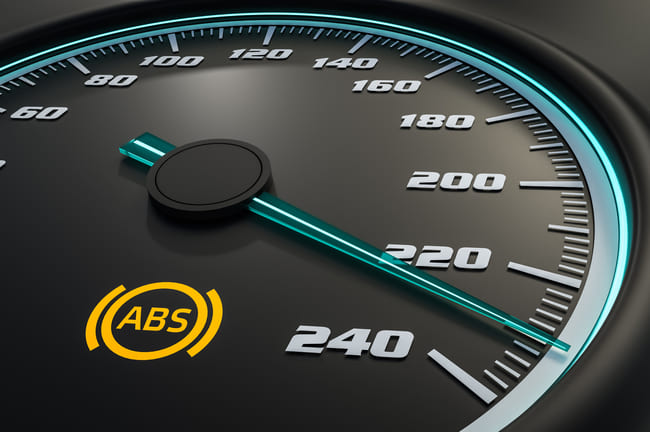
Since anti-lock brakes are so important, it’s essential that you have an overview of what could go wrong with them. Helpfully, there is an ABS warning light on the dashboard that will light up whenever there is a problem with your system.
Since the system is an electronic one, any problems with the wiring can cause issues. In particular, when an electric wire is torn off the ABS sensor in one of the wheels, the right measurements will not be received and the system doesn’t function properly. The sensors are the most pivotal part of the system and overtime they can be oxidized through prolonged and repeated exposure to moisture.


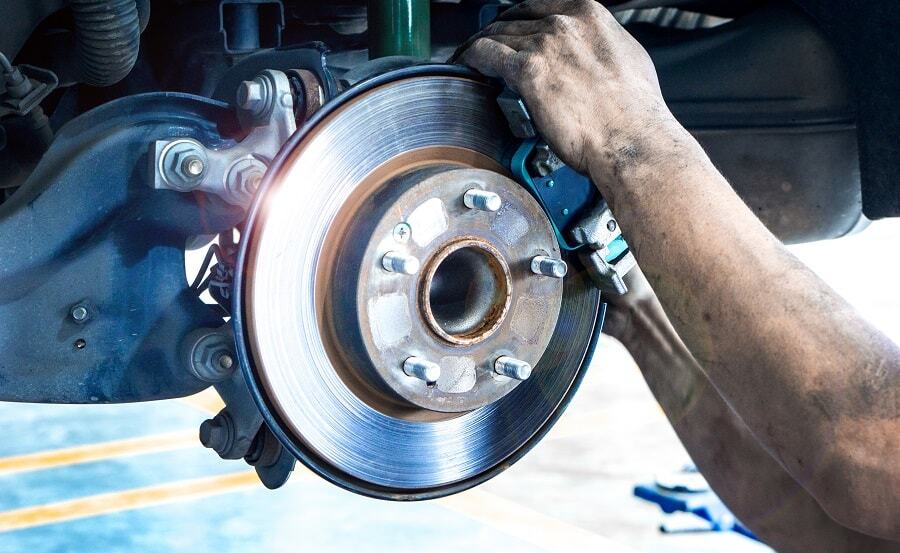

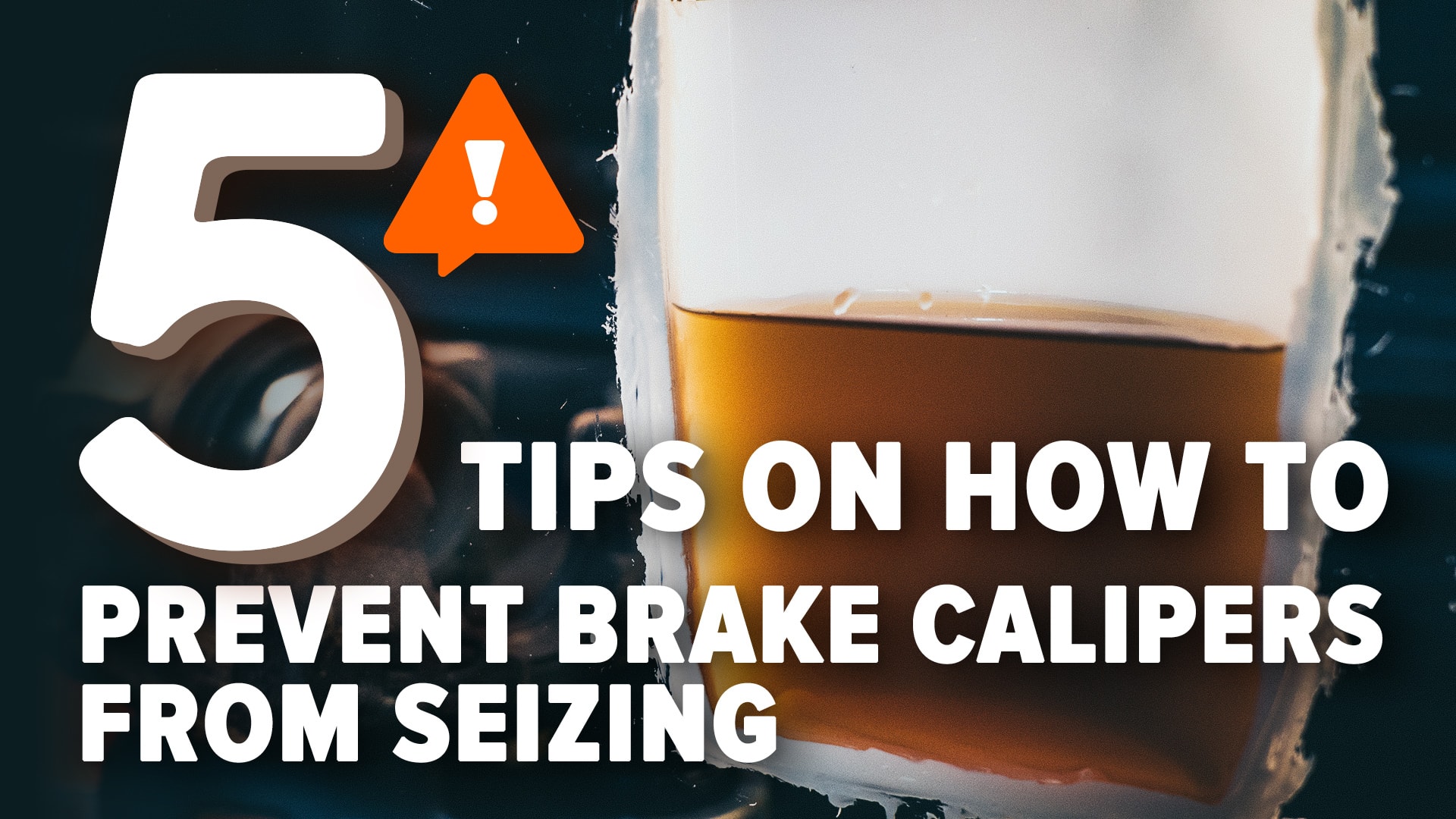


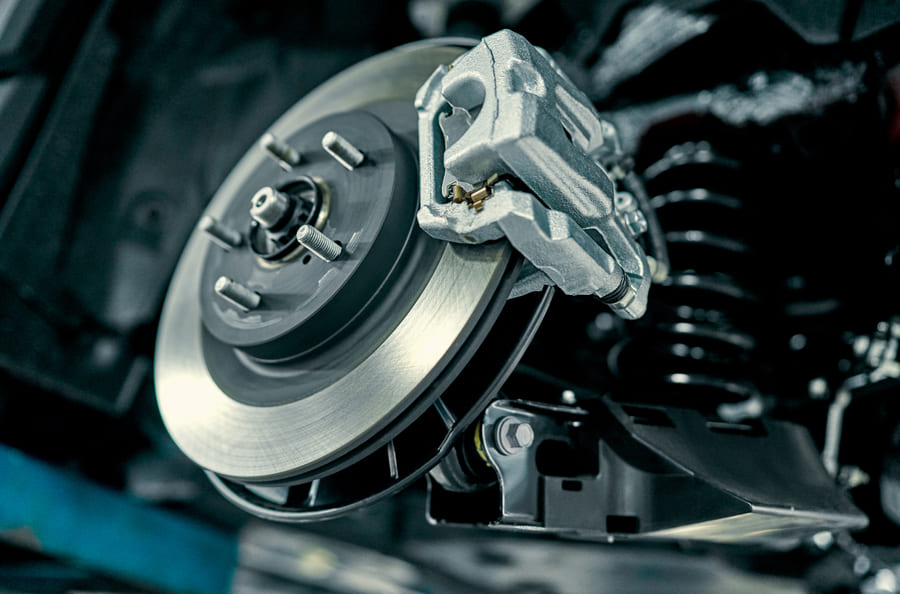
Comment